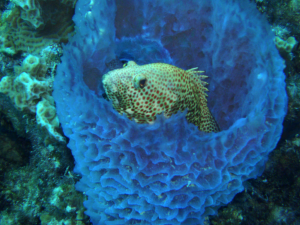Big Data Renews Fight Over the Origin of Animals
Evolutionary reports help humans understand how the world has evolved and the various forms or species that have dotted the ecosystem. The sourcing and preservation of data on both human and animal forms help us assess the human society in terms of how long it has been in existence, understand what has worked for the human society, what has necessitated certain evolutionary changes we see, how to preserve the ecosystem, and its life forms in order to avoid them going extinct.
Evolutionary tree
 In understanding human and animal evolution, there has been quite a lot of controversy surrounding which are the earliest life forms or lineage to be in existence. There are arguments based on studies and archaeological findings of the origin of these living forms and as available data tend to make the arguments more of a fight.
In understanding human and animal evolution, there has been quite a lot of controversy surrounding which are the earliest life forms or lineage to be in existence. There are arguments based on studies and archaeological findings of the origin of these living forms and as available data tend to make the arguments more of a fight.
In the animal tree, Sponges and Comb jellies are said to be the oldest branches, and there has been a heated argument by evolutionary biologists as to which of these two lineages existed first. This, therefore, brings about the concept of big data.
There are five basic forms from which all the branches emerged. They are the bilateral symmetrical creatures which include humans and clams; cnidarians to include corals and jellyfish; placozoan and the last two forms which is the basis of the controversy by evolutional biologists: sponges and comb jellies.
Big data and animal origins
One of the main reasons for the amount of attention given to big data findings on origin is because of its implication on the human race. Studies on the evolution of living forms usually provide useful data for understanding human anatomy. These studies help to provide useful information on the human digestive system, nervous system, and others in order to find answers to a variety of human issues or traits.
So the discussions on big data rest primarily on the jostle of the different schools of thought, providing useful data gathered on which of the lineage is the oldest.
The biologist in more recent reports seems to favor the sponges as the earliest existing form. They cited the use of genetic data as the basis for their findings and conclusion using the deduction method stating that the sponges were the first to evolve from the tree of life.
The argument that sponges are actually more likely to have evolved into other animal forms based on available data is because sponges are said to be more consistent in their evolution, metazoan. The Porifera are known to share similarities with all other multi-cellular creatures.
Zoologists upturned the table by placing the Sponges at the bottom and the human forms as well as clams as the first. In 2008 a publication in Nature magazine based on genetic analysis tend to further push comb jellies as the first to branch off from the animal tree. This was vehemently opposed by the biologist whose argument is based on findings that portend that systems became more complex with time. The concerns for evolutionary biologists are that the nerves and other features are seen to have evolved independently across the varied lineage.
Recent data
However, more recent data was based on the use of DNA as a basis for analysis in order to see the point of convergence in the sequence of totally different branches of the animal tree.
The fight continues as each school of thought keeps coming up with useful facts on the evolution of the various lineages – the sponges and comb jellies.
